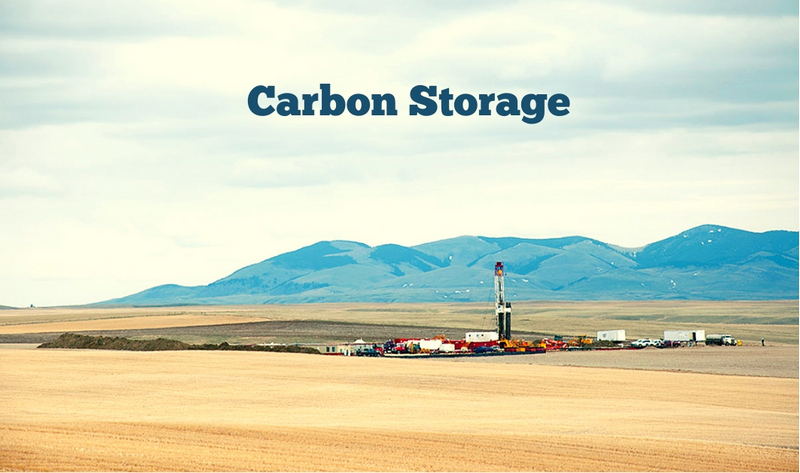
Different types of carbon require different storage conditions: some are picky and can retain their properties for years, and other types can become rubbish without certain storage conditions. For example, brown carbon is stored not for long – from 4 to 6 months. Other types of carbon retain their properties from one to three months.
Features of carbon storage
If carbon is stored for a long time, it begins to oxidize and erode. Storage under a canopy can prolong his life. In the storage place, it is important to monitor the temperature. If it exceeds 20C, the oxidation process occurs. It can be determined by the following features:
- chunks of carbon are getting softer;
- cracking appears;
- present cracks have become deeper.
If carbon is stored improperly, spontaneous combustion may occur. The oxidation process is accompanied by the release of heat, so the temperature in the center of the carbon storage becomes higher. Coals with a small fraction and the presence of dust are more prone to this problem. Brown coals are in the first place for spontaneous combustion. Anthracites are the least affected by this problem. If you have coal of small fraction, then in order to avoid the above problem, it is necessary to check its temperature condition from time to time. In the presence of a large supply of carbon, it makes sense to buy an electronic thermometer. You can attach a temperature sensor to it and check the condition of the carbon four times a month. The ignition temperature of different types of carbon is different:
- anthracite – 70 degrees;
- brown coals – 40-60 degrees.
To reduce the temperature of carbon, it is not necessary to moisten it, since this action can aggravate the situation. Moisture carbon absorbs oxygen very well, and when it dries, the oxidation process becomes even more active. To protect the fuel from spontaneous combustion, it is necessary to limit the access of oxygen to it. For this, the fossil is protected by covering materials.
Bulk storage
Purchasing carbon in bulk quantities of several tons is very profitable, as manufacturers make a good discount, but to store a large amount of carbon, a properly organized room is required that meets all the basic requirements for the storage of combustible substances. These include:
- The presence of a dry room without sudden changes in temperature;
- An excellent option could be a stone building;
- The existence of a canopy for protection against bad weather;
- The presence of a fire safety system;
- Availability of fire extinguishing equipment in warehouses and premises attached to them;
- Compliance by workers of all safety measures for working with combustible elements;
- This includes a ban on smoking near the premises where the fossil is stored.
Signs of possible occurrences of spontaneous combustion sites include:
- foci of moisture on carbon, disappearing when the sun appears;
- white spots, disappearing when it rains;
- wet spots that do not dry out;
- coal ashing;
- evaporation from carbon and the specific smell of decomposition products;
- sparkling in the dark.






